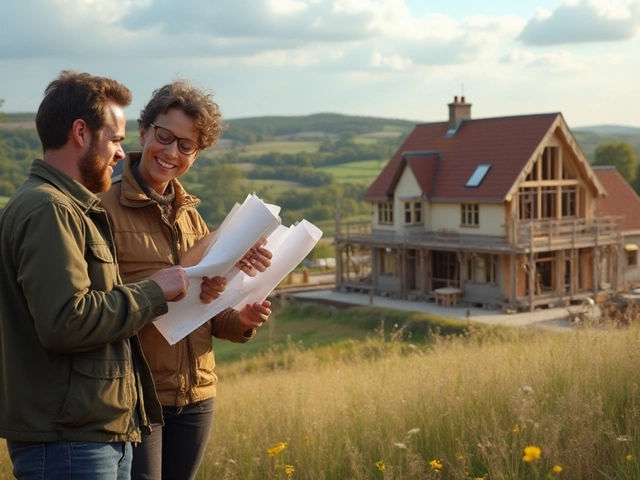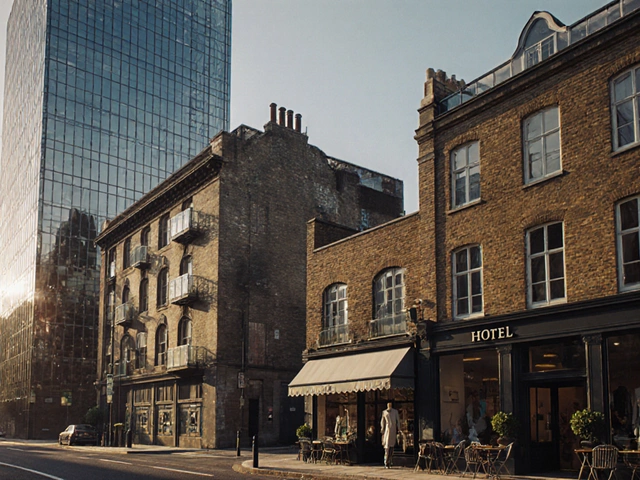Renovation Planning: Your Go‑To Guide for a Smooth Home Makeover
Thinking about a remodel? Whether you’re fixing a cracked foundation or fitting a new kitchen, the biggest difference between a nightmare project and a success story is solid planning. Below you’ll find the basics you need to get started, plus quick pointers for the most common renovation topics on our site.
Start With a Realistic Budget and Timeline
First things first – write down how much you can actually spend. Look at past projects like the "Can a Foundation Be Unfixable?" article to see typical cost ranges for foundation repair versus replacement. Add a 10‑15% buffer for unexpected issues; most homeowners forget this and end up scrambling when hidden problems pop up.
Next, map out a timeline. Seasonal factors matter: a bathroom remodel in winter can delay grout curing, while roofing work is best in dry months. Our "Best Time of Year to Remodel a Bathroom" piece breaks down the pros and cons of each season, so you can pick a window that won’t clash with weather or contractor availability.
Prioritize Structural and Safety Issues
Before you pick paint colors, make sure the house is stable. Articles like "Cracked Foundation: Should You Stay or Move?" and "What Happens If You Don't Fix a Foundation Crack?" explain why ignoring structural cracks can lead to water damage, lower resale value, or even safety hazards. If you spot movement, bring in a structural engineer early – it’s cheaper than retrofitting later.
If you’re tackling a new build or major addition, the "345 Rule Explained" and "Type 5 Building Construction" guides give you quick checks for proper footing layout and framing safety. These rules are simple enough to verify yourself or to ask a builder the right questions.
Once the core is sound, move onto the cosmetic side. Our "Dry Fit Kitchen" guide walks you through the step‑by‑step process of testing cabinet placement, plumbing rough‑in, and electrical routes before the final install. This prevents the dreaded surprise where a countertop doesn’t line up with the sink.
Flooring choices also affect long‑term durability. The "Best Flooring Choices for New Builds" article compares durability, cost, and moisture resistance, helping you avoid cheap options that warp under a new bathroom’s humidity.
Don’t forget about the roof. A poorly insulated or old roof can raise heating bills and cause leaks that ruin freshly painted walls. The "Roof Replacement Budget Breakdown" and "How to Negotiate the Price of a New Roof" posts give clear steps to get accurate quotes and negotiate without sacrificing quality.
Finally, keep a checklist of permits and warranties. Many renovation articles stress that missing a permit can halt work and add fines. Keep all paperwork in one folder and ask contractors for a written warranty on work like foundation repair or roofing.
By following these practical steps – set a realistic budget, schedule around weather, fix structural issues first, then handle finishes – you’ll turn a chaotic remodel into a well‑orchestrated project. Browse the linked articles for deeper dives on each topic, and you’ll be ready to start planning with confidence.
First Step in Renovating a House: Where to Start for Real Results

Kicking off a home renovation can feel overwhelming, especially if it's your first time. This article breaks down the very first step you need to take before swinging a hammer or picking paint colors. You'll get practical advice, must-know facts, and a clear path to get started the right way. Whether you're planning a full gut job or just updating a room, knowing where to begin saves time, money, and headaches. Let’s cut through the noise and help you move forward with confidence.
read more



